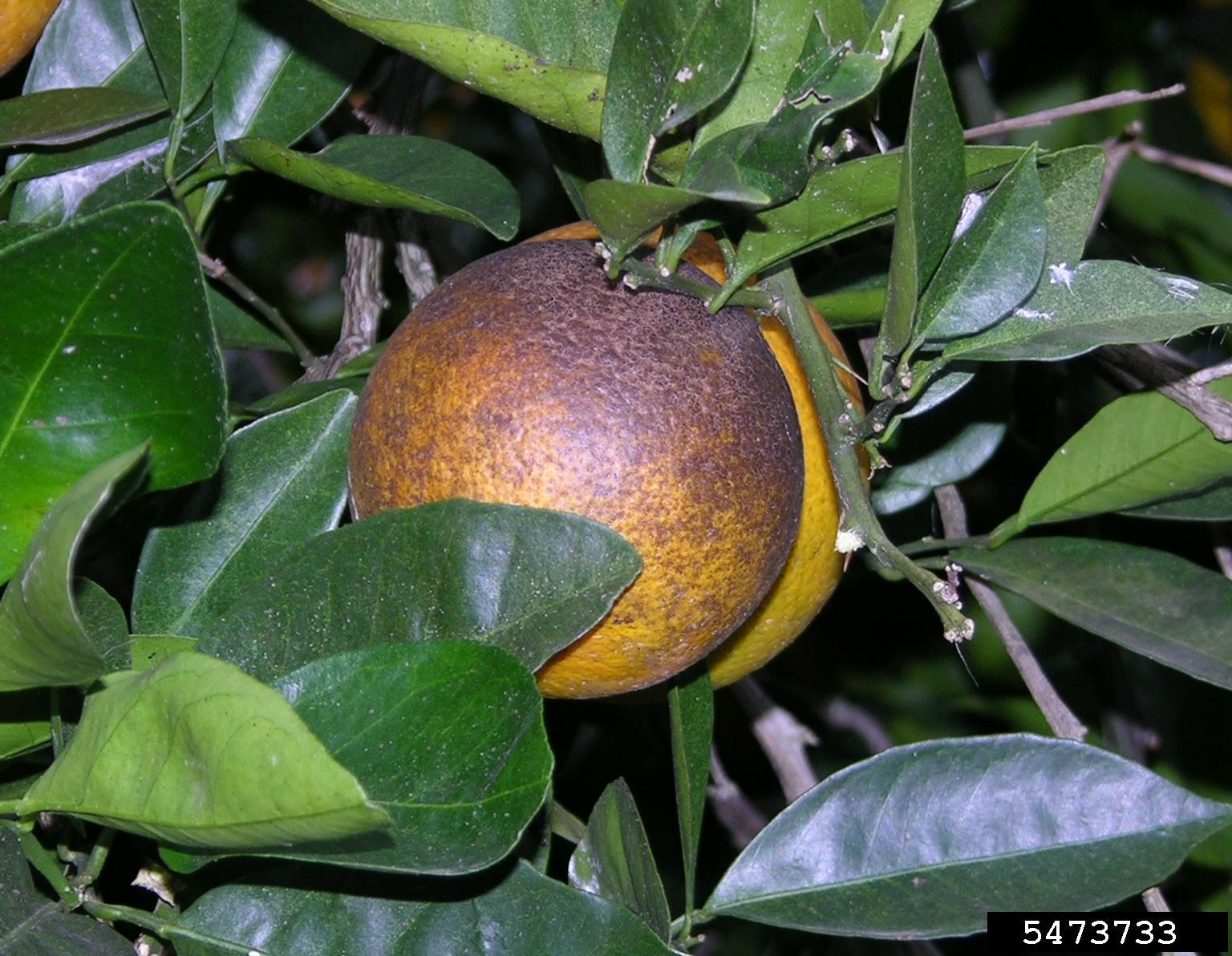Citrus Mites: Learn How To Kill Mites On Citrus Trees


Gardeners with citrus trees should ask, “What are citrus mites?” The citrus mite is found in all of the Americas as well as Hawaii. It is a common pest of citrus crops, and their feeding habits cause defoliation and diminished health and production. There are several species of the pest. Among them are citrus red mites, Texas citrus mites, and rust mites, which are some of the most prevalent. Learn how to kill mites on citrus trees to prevent the spread of the pests and increase your crop yields.
What are Citrus Mites?
While citrus mites are not damaging in small numbers, large infestations can cause damage to young plant parts, with leaf stippling and mutilated fruit the result. Citrus red mites primarily cause fruit damage, while the rust mites are responsible for leaf injury that appears as yellow, necrotic patches or the loss of glossy, epidermal layers. Citrus mites are small, usually a fraction of a millimeter long. They are found in a range of colors from brown, yellow, rust, and red. Mites are not insects and are closely related to spiders and ticks.
Citrus Mite Damage
Citrus tree leaves are damaged by mite feeding habits. The leaves of plants infested with citrus mites have an etched, silvery appearance or become spotted with yellow, necrotic regions. The fruit is obviously damaged, with areas of thick rind that grows dark brown or black. The pink citrus rust mite causes fruit to distort and stunt. Citrus red mite feeds on all parts of the plant from leaves and twigs to fruit. Rust mite damage is generally only to the fruit.
How to Kill Mites on Citrus Trees
Citrus mite control starts with healthy trees. Strong trees can withstand small infestations of mites with little ill effects. The mites are so small that you often cannot see them until the damage is severe. For this reason, it is wise to use a magnifying glass on your trees to see if you have pests. If the infestation is bad, use a miticide spray and cover all parts of the tree. Where infestations are minor, it is often not worth it to spray. Mites can appear at any time during the season and some varieties can breed every 20 days, which increases populations quickly. The worst damage is in early spring when small fruits begin to form. Chemical citrus mite control is not the only way to handle the pests and is really only necessary in orchard situations.
Natural Cure for Citrus Mites
Since the fruit of your citrus is ingested, it is best to use chemical-free methods of citrus mite control. The best method of providing a natural cure for citrus mites is to promote a healthy habitat for wildlife since several species of birds will dine on the pests. Ladybird beetles are useful garden insects for many forms of pest control and especially useful in minimizing mite populations. There are other types of mites, which kill citrus mites. In order to increase these varieties of mites, as well as other beneficial insects, avoid using a broad-spectrum insecticide in your yard.
Gardening tips, videos, info and more delivered right to your inbox!
Sign up for the Gardening Know How newsletter today and receive a free copy of our e-book "How to Grow Delicious Tomatoes".

Bonnie Grant is a professional landscaper with a Certification in Urban Gardening. She has been gardening and writing for 15 years. A former professional chef, she has a passion for edible landscaping.
-
 Looking For Plants To Give You The Soft And Fuzzies? Try These 5 Fuzzy Leaf Plant Options
Looking For Plants To Give You The Soft And Fuzzies? Try These 5 Fuzzy Leaf Plant OptionsLovers of texture, drama, silver foliage and tactile plants will adore these special sensory garden additions. These fuzzy leaf plant options will leave you all aglow
By Susan Albert
-
 Get Ready For A Summer Of Hummers! Grow These Full Sun Hummingbird Plants and Flowers
Get Ready For A Summer Of Hummers! Grow These Full Sun Hummingbird Plants and FlowersIf you’re lucky enough to enjoy a sunny backyard, make sure you are maxing out on your pollinator opportunities and grow these full sun hummingbird plants and flowers
By Tonya Barnett